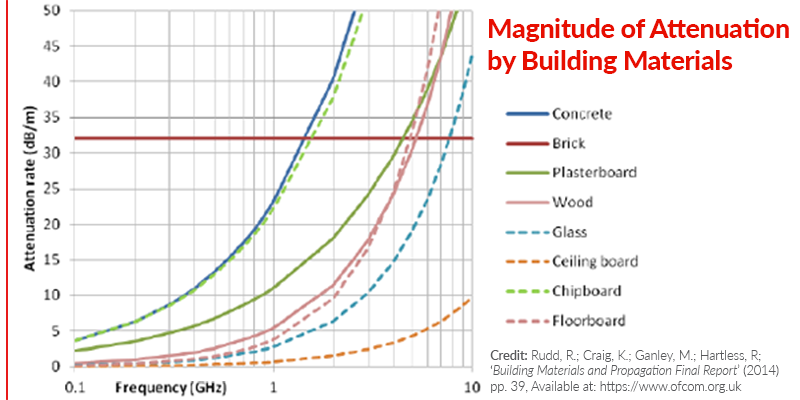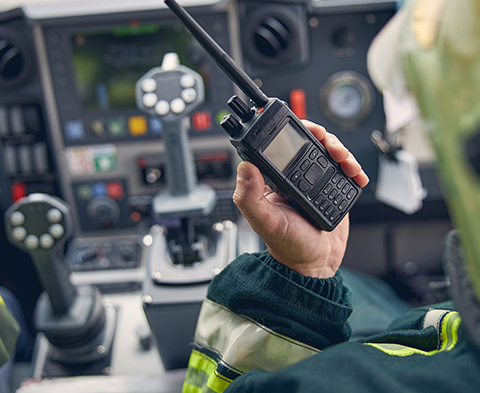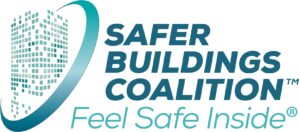K-12 School and Campus Safety: Where to Start?
A piece of the School Safety Puzzle:
How ERCES RF Communication Tools Work to Keep Students and Personnel Safer In Schools
During an emergency, it is critical that emergency responders are able to send and receive communications from inside to outside and from outside to inside of school buildings via 2-way radios.
Learn how Westell’s bi-directional amplifiers (BDAs) help first responders receive radio signals, amplify, and distribute them throughout and within the school – allowing them to coordinate and respond much more effectively.
Where are the Issues?
Recent tragedies have uncovered a common denominator:
Police, SWAT and first responders were unable to use their 2-way radio communication devices once they were inside the building.
The Interim Report of the Investigative Committee on the Robb Elementary Shooting of the Texas House of Representatives found that Robb Elementary “did not adequately prepare for the risk of an armed intruder on campus.” on page 5, and on page 51, “Upon entering the building, the officers tried but were unable to communicate on their radios.”
A quality safety plan should include the technology to support communications for first responders .
• Students, teachers, and personnel need to have the ability to call 911 during an emergency from inside of a school.
• First responders need to have the ability to communicate when attending emergencies inside or outside of a school.
Why Do Schools Struggle with Poor RF Signal?
Wireless connectivity within schools is impaired by building construction materials causing poor RF signal.
School structures, new or old, are designed and built robustly to offer shelter in case of emergencies. Everything from concrete, plywood, glass windows, and masonry bricks prevent RF signals from penetrating school walls. Building material and new Low-E windows used to block ultra-violet rays and solar heat also block RF signals.
The end result is a lack of in-building signal for cell phone and public safety 2-way radios.

How Can Technology Help Make Schools Safer?
There are many available technologies that can become a piece of the puzzle within a quality school safety and response plan, such as entry control equipment, video surveillance, alarm and protection systems, emergency alerts, and communication technology.
Is your school in of an need Emergency Service Communications System (ERCES)?
The factors that block or impair the critical benefits of indoor communication technology are sometimes misunderstood, and in many cases, not known. Did you know that first responders may not have the signal strength to communicate with you, or with each other, via 2-way radios during an emergency due to the dense construction of a building?
Your school can be a safer space with increased safety response success by considering the following:
1. Does your school have adequate RF signal for first responder 2-way radios? Does your school have a strong cellular signal to accommodate the heightened cellular demand during an emergency?
• The only way to answer these questions is to perform radio frequency (RF) site survey / assessment with a specialized systems integrator.
• The RF site survey will provide the following data for a comprehensive safety plan and response strategy:
• An accurate RF signal assessment of your school’s compliance of the NFPA/IFC codes.
• The level of reception for commercial cell phone signal inside and throughout the school.
• Whether your school is in need of an Emergency Service Communications System (ERCES).
• If needed, a preliminary bill of materials and budgetary requirements both types of indoor communication, first responder and cellular phone coverage.
2. Public safety ERCES is mandated by fire codes where signal strength falls below usable levels. The codes that enforce this are:
• NFPA 1221 – Standard for the Installation, Maintenance and Use of Emergency Services Communications Systems
• IFC 2021 – Sec 510.1, Emergency responder communication coverage in new buildings
3. Get the information you need to safely move forward:
• If an ERCES installation is not necessary, you now have the RF site assessment and report showing ample signal strength and coverage.
• The RF survey provides the information needed for budgeting and grant opportunities.
• Specialized system integrators often offer multiple solutions and options to meet fire codes and ensure cell phone signal coverage.
4. Is your campus alert, informed, and responsive?
• Cell phones and staff communication devices have become essential tools, especially during crisis situations on campus.
• Wireless connectivity allows clear and timely communication, critical to maintaining a connected and protected school.
• Radio alerts ensure key personnel are quickly informed of time-sensitive, critical information.
5. We can help you integrate the technologies and solutions you need to detect, analyze, communicate, and respond. Westell cellular and public safety integrated technology solutions will help you to build a safer school for the next generation.
School Safety Planning: The Cross-Functional Landscape
School and classroom safety is a cross-functional responsibility involving several departments within a school district as well as outside emergency response teams, and it can get complicated to plan for future coordination and collaboration in response to potential, unknown threats. Many schools across the U.S. have implemented safety and response plans.
The outcome can involve steps to make sure that first responders’ two-way radio communications work inside and outside all school facilities.
We have developed a School Safety 2-Way Radio Communication Guide to assist school safety planning and response teams through the steps to determine if their school or campus is in need of an emergency responder radio communication system. If it is determined that an ERCES installation is necessary, this guide also outlines steps and procedures with helpful tips to give your team the information to confidently and cost-effectively manage these processes.
The cross functional teams and stakeholders for in-building wireless connectivity are:
• First responders and public safety agencies that enforce regulations provided by the NFPA (National Fire Protection Association) and IFC (International Fire Code), and your local AHJ (authority having jurisdiction) license holder
• ISD (independent school district) officials and school administrators
• RF (radio frequency) system integrators
• ERCES (emergency responder communication enhancement systems) manufacturers
• Wireless carriers who provide cell phone connectivity
School Safety Resources:

Case Study:
Providing Indoor Radio Coverage in Schools for First Responders
Download Guide:
School Safety 2-Way Radio Communication Guide
Download 12 Steps to ERCES:
12 Steps to ERCES, Process Guide
Need Funding?

Access resources for available grants and funding initiatives to assist in creating a safer schools safety plan for your school.
Ready to Get Started?

If you’d like to find out if your school is in need of an indoor RF signal assessment, or if you already know that your school needs indoor RF signal amplification or other school safety communication enhancements, we are here to help guide you through this process.


